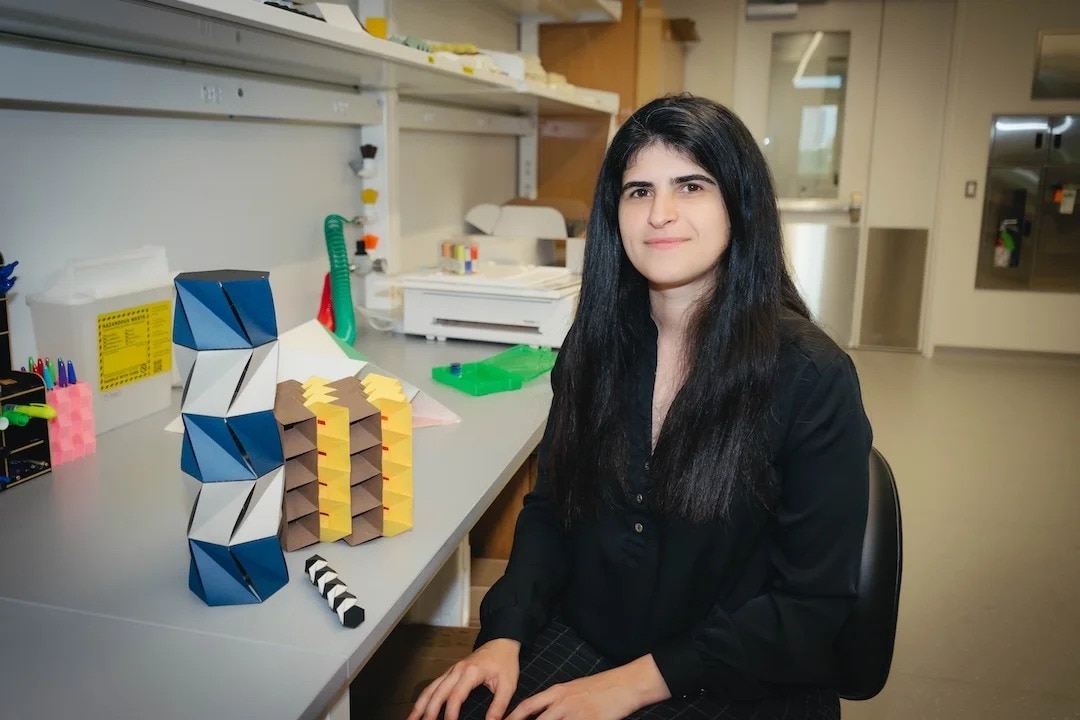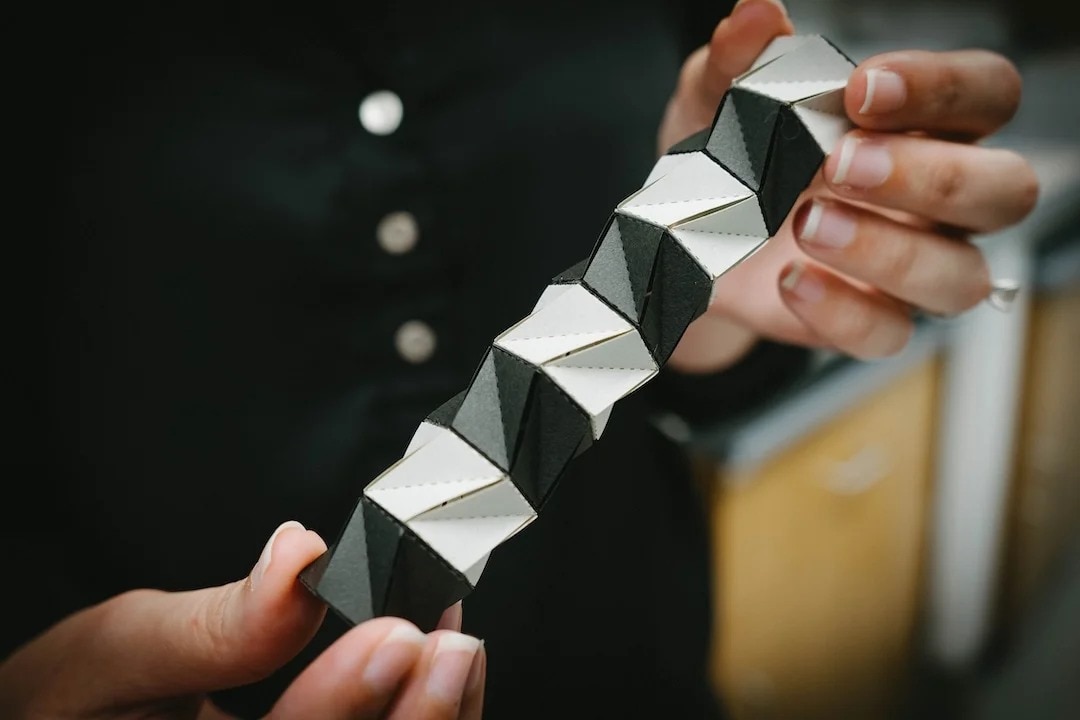
Novelino has created many different structures inspired by origami. (Image Credit: Rice University)
Scientists often turn to the art of paper folding as a source of inspiration to build projects. Larissa Novelino, assistant professor of civil and environmental engineering at Rice University, uses origami as part of her research to improve how buildings, materials, and machines are designed.
Exploring origami engineering allows us to develop systems that turn flat designs into robust, practical structures. Novelino leverages this technique to create everyday solutions, including portable emergency shelters and lightweight materials with remarkable mechanical behavior.
"Through geometry, you can design how a material behaves — its stiffness, weight, even how it responds in different directions," Novelino said. "You can make something deployable in one direction, then stiff and load bearing in another."
She hopes to revolutionize construction with origami by making it safer and more efficient. "Construction is dangerous work. If we can design structures that fold flat, transport easily and deploy with minimal human risk, we can make job sites safer," she said. "That's not just innovation for the sake of novelty; that's innovation that protects lives."

Larissa Novelino. (Image Credit: Rice University)
Not only has Novelino used origami to design buildings, but also used electromagnetic filters that change shape to adjust their operational frequency. Soft robots even use origami folds, snapping into place to tackle various tasks. "Origami gives you a way to visualize and test these concepts right in front of you," Novelino said. "You can prototype with paper and explore ideas hands-on and then scale them up with advanced materials."
Students taking her class at Rice University learned that they can fold equations instead of just solving them. "They are always surprised at how much folding a piece of paper can teach them about geometry, mechanics and design," Novelino said. "It's an accessible, tangible way to understand concepts that can feel abstract on a computer screen."
Novelino has always been a math whiz and discovered her origami engineering career by accident. She initially pursued her master's in structural engineering, connecting with a U.S. professor whose focus changed from traditional computational mechanics to origami-inspired structures.
"It was nice to have a break from the computer and instead use laser cutters and 3D printers and actually make things," Novelino said. "One of the things I loved the most is that I'm terrible at visualizing things, and being able to fold these structures in my hands and see how those patterns behave has been so important to my work. It's really the perfect mix for me — it's still math and mechanics but with this whole new layer of understanding."
Have a story tip? Message me at: http://twitter.com/Cabe_Atwell
